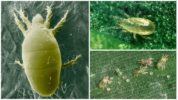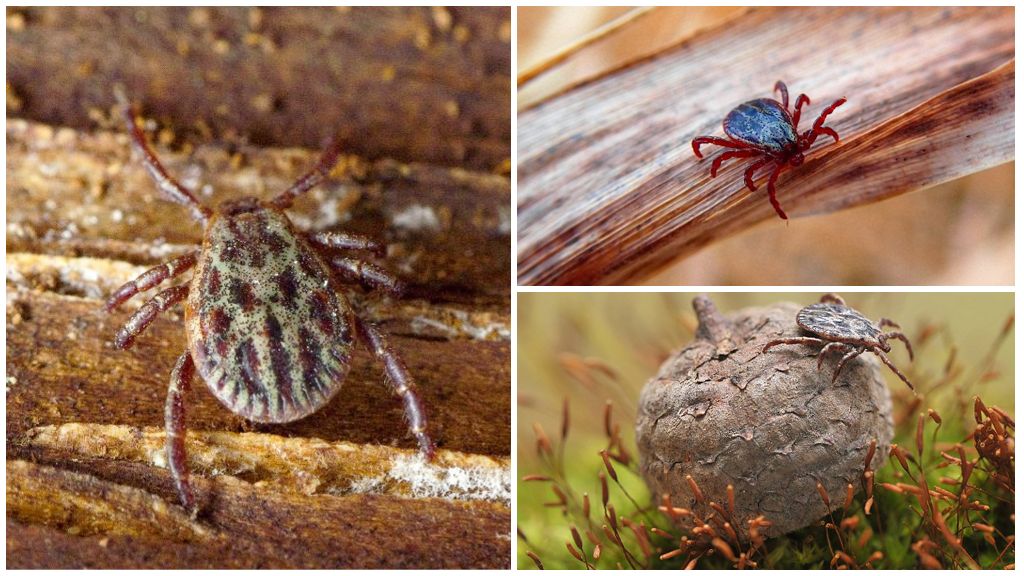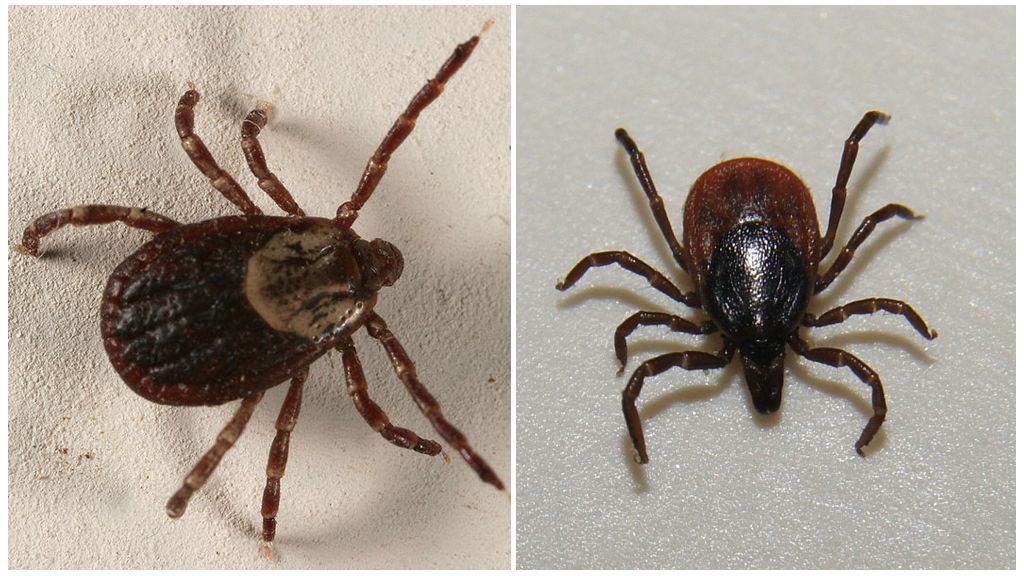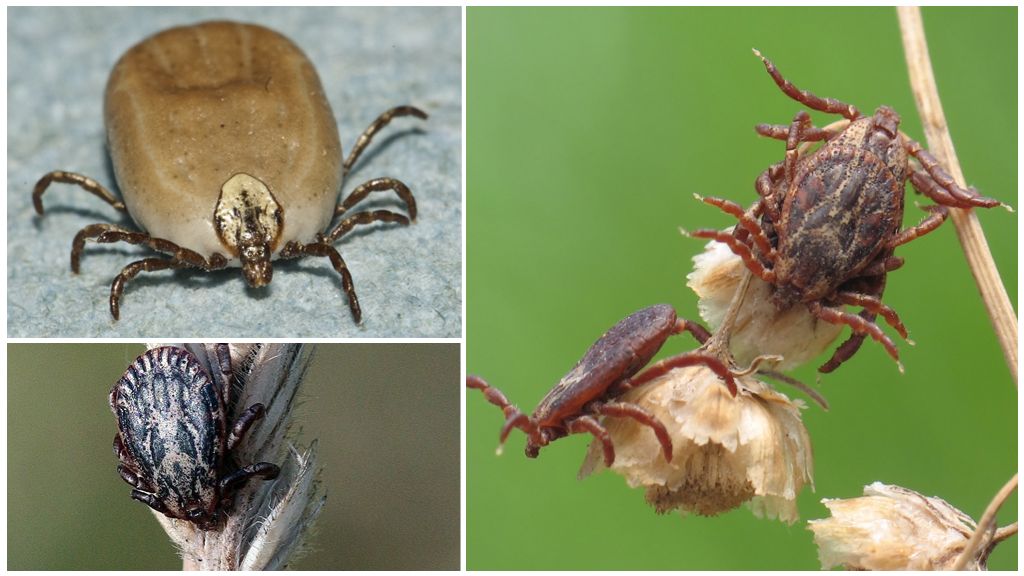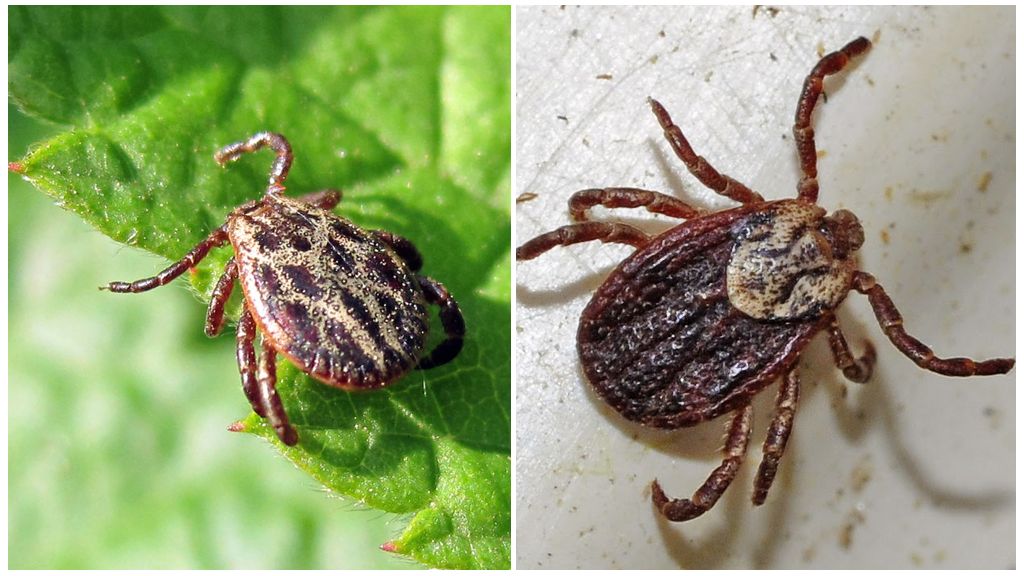- Green tick
- Mite plants
Ticks Are arthropod representatives known for their ability transmit dangerous diseases through bite. Many people and animals suffer annually from their activities. But there is another type of tick - spider mite, specializing in the destruction of plants. Green tick - a real thunderstorm for gardeners and gardeners.
What color are the ticks
Arachnid pests are characterized by a similar structure - the oral apparatus with the proboscis, tenacious limbs and the abdomen, which can repeatedly increase in size. Bloodsuckers include:
- settlement;
- ixodic;
- Caucasian;
- canine;
- Persian and others.
Most parasites have a brown or gray body color. But when they get drunk on the blood of their victim, their color changes to brown and reddish. The bloodsucker acquires such a shade due to its content - blood.
Dust and subcutaneous mites have a different body structure and color. They are more like shapeless caterpillars with short limbs. Their main shade is gray, light brown, translucent.
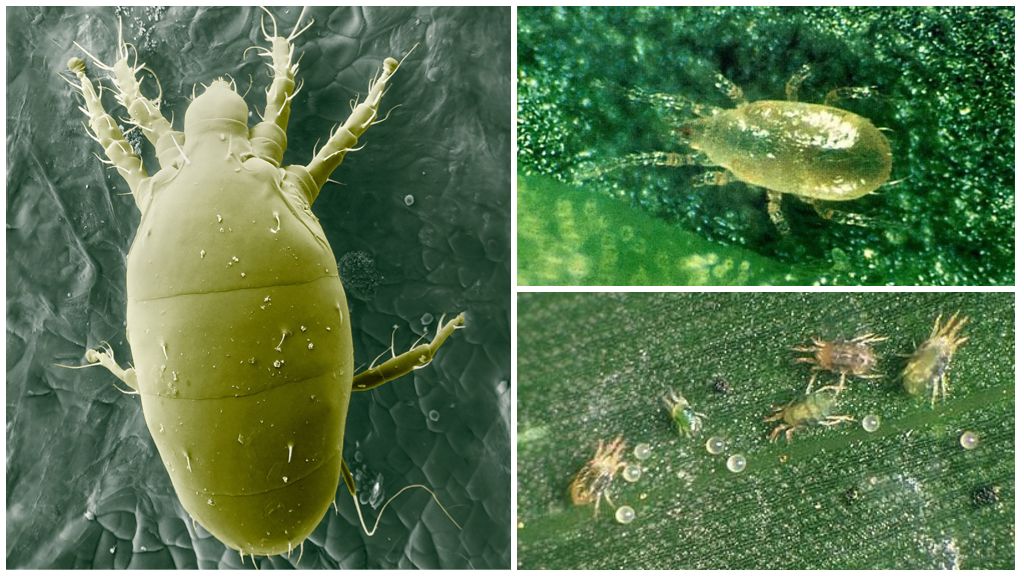
On a note!
Green mites are found only on plants, and their color is more dependent on the contents of their abdomen. Spider parasites feed on the juice of green leaves or needles and have a greenish-brown body. They can be found on all continents of the planet, except for the poles.
The green tick is less noticeable against the background of greenery. This coloring contributes to his secretive lifestyle and makes it invisible to prying eyes. The offender becomes seen on evidence: yellowed and folded leaves, dried up needles.
Appearance and lifestyle
The spider mite has a spider-like body structure. A small oblong body with a length of 0.5 mm with a small head and mouthpart is almost impossible to see without a magnifying glass. Small limbs allow him to quickly move from one leaf to another. Looking at a photo of a green tick, you can remember its appearance and be prepared to meet with it.
Important!
If a web is found on the leaves of a plant, you need to immediately begin measures to save it.
Females lay eggs on the back of the leaf and, for the safety of the masonry, cover it with a layer of white web. It is by the presence of a whitish film on the trees that one can guess about infection with a dangerous parasite. After some time, larvae emerge from the eggs - small copies of an adult with the same good appetite.
Light-colored larvae absorb plant sap and develop rapidly. The next stage of development is the nymph. She is more like an imago and also actively eats. Further, an adult is formed, capable of reproduction. The greatest activity of green ticks occurs in the summer from June to August. At this time, there is a maximum peak in the number of pests.
Pest Management Methods
Spider parasite can attack houseplants, garden and horticultural crops. Favorite representatives of flora for ticks are:

- bush rose;
- azalea;
- cucumbers;
- tomatoes;
- seedlings;
- bell pepper;
- beans;
- beet;
- eggplant;
- grape;
- cherry;
- Strawberry;
- Apple tree;
- chokeberry and others.
By sucking juices from the green pulp of crops, the pest disrupts the process of photosynthesis, thereby inhibiting all metabolism. The plant ceases to receive nutrients, withers, and yield decreases. In advanced cases, it dies.
To combat the green enemy, gardeners and summer residents use special insecticidal agents for spider mites and use folk methods. They include the use of potassium permanganate, soap solution, spraying with tobacco infusion. Plant rescue measures launched in time will help get rid of spider mites and avoid serious consequences.
